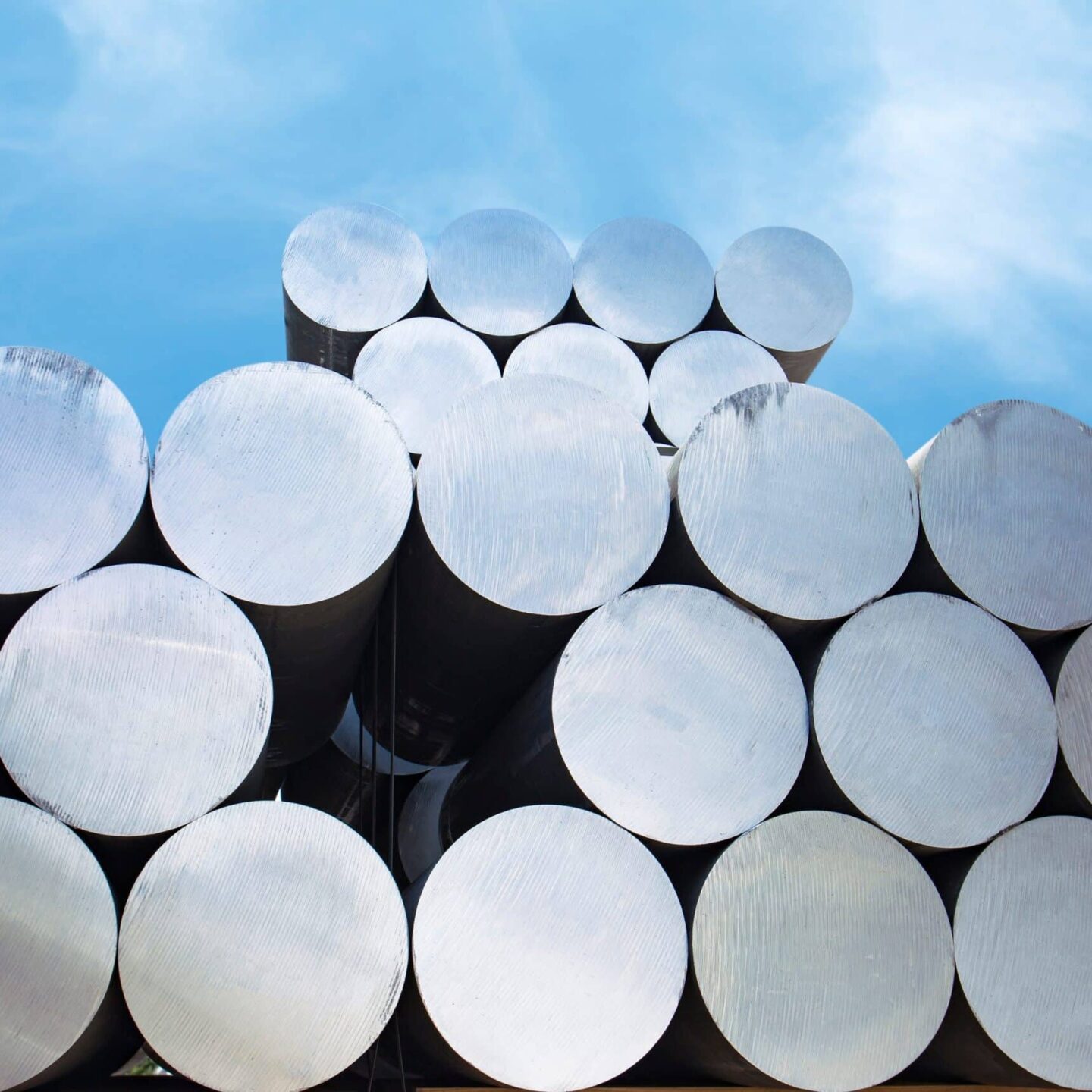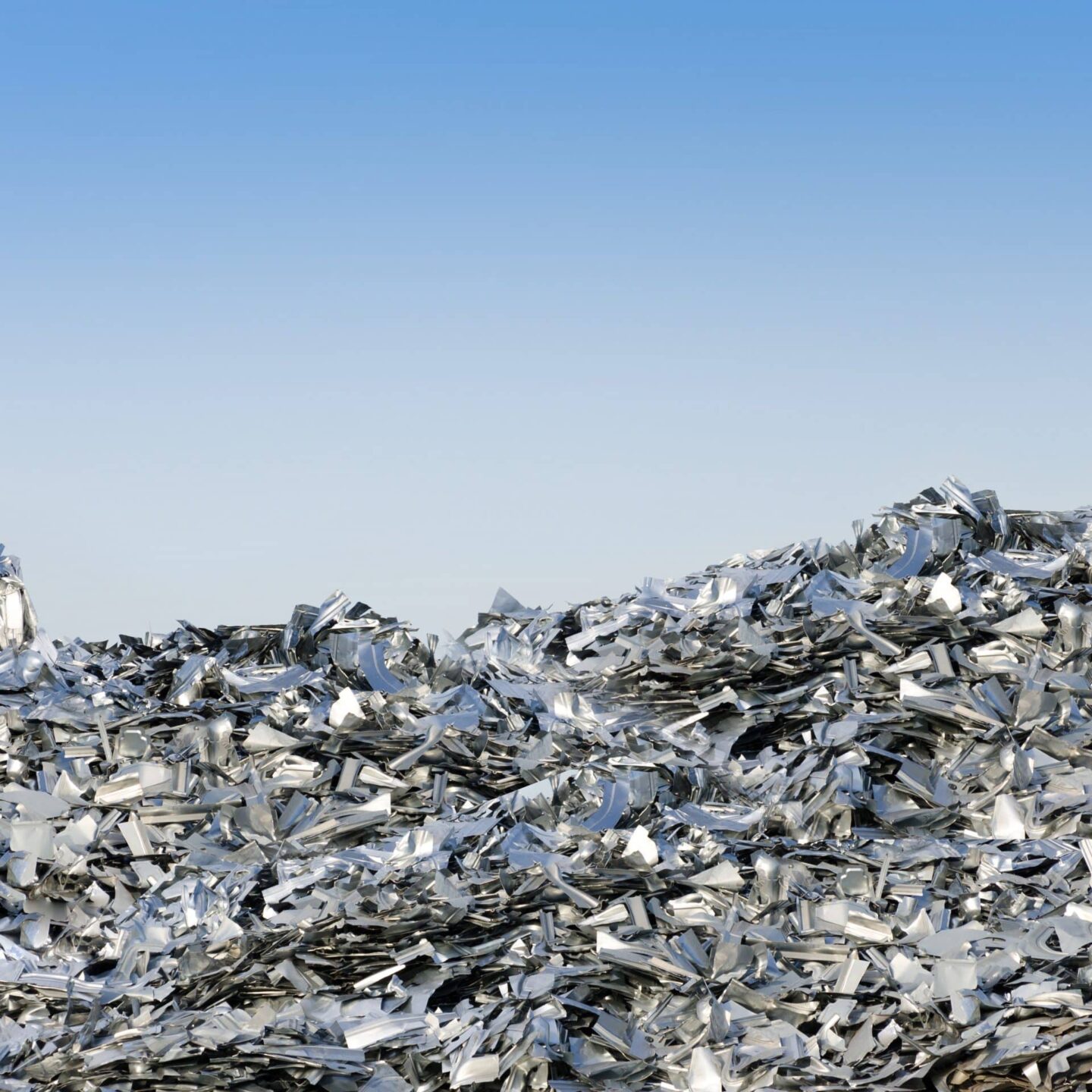Report on global spent pot lining management practices.
Demonstrating a commitment to sustainable management of Spent Pot Lining (SPL), this guidance looks at ways to improve how the industry manages its wastes by identifying the key elements of an effective SPL management plan.
SPL is classified as a hazardous waste in many countries and although there are several commercial treatments and utilisation solutions available, its management continues to pose a significant challenge to the industry. It is the most significant solid waste from smelting and the second-largest volume of waste after bauxite residue.
This guidance includes contributions from IAI member companies such as Alcoa, EGA, Hindalco, Hydro, Rio Tinto, UC Rusal, as well as Tomago Aluminium and HATCH.
A Chinese translated version of this Guidance is available to download.
An SPL communications pack is also available featuring a short video, FAQs and slide deck.





